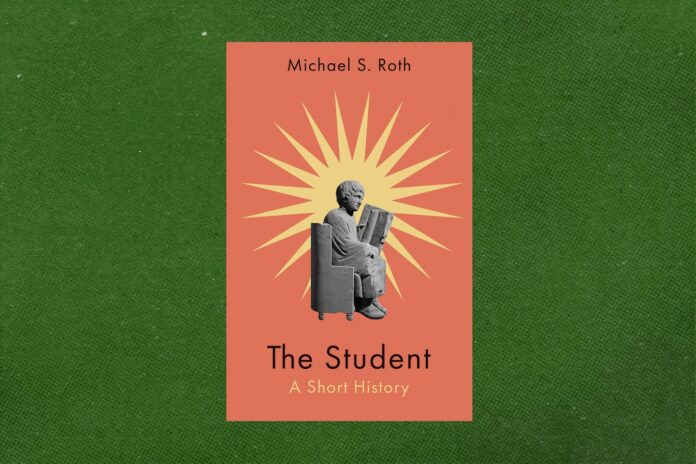In examining what unites these different forms of learning and teaching, Roth sweeps through the centuries, drawing us past medieval apprenticeships, into the Enlightenment, and through the writings on education by formerly enslaved Americans like Harriet Jacobs and Frederick Douglass. He lingers with philosophers such as Locke, Rousseau, Kant and Wollstonecraft, and discusses the development of university curriculums that prioritized habits of mind and skills over the acquisition of content.
Roth opens Chapter 4, largely on the early 20th-century American university, with W.E.B. Du Bois’s experiences at Fisk University, at Harvard and then in Germany. From there, he takes up the battles to open universities to women and non-White Americans, and finally arrives in the politicization of the American student in the 1960s. The book concludes in our present moment, concerned especially with how ideas about meritocracy — ideas that, Roth stresses, are never really put into practice — force students to see education not as a pathway to freedom (a recurring theme) but as a mere competition, a zero-sum game in which economic advancement is the only prize and the loftier ideals get lost.
In this race through eons, a key tension emerges: Is being a student about acquiring a finite set of skills, or is there something deeper going on? It’s no surprise that while Roth acknowledges the long and important history of education as job training, his heart clearly lies with the type of broader education that is a hallmark of his own university (one that I graduated from in 1995, long before Roth arrived). For example, Roth argues that while Du Bois was obviously not the typical student, “the deep research skills he employed in his advanced work built on the traditional liberal education he received as an undergraduate.”
Roth has weighed in on such questions in his previous books, expressing concern that job training at the college level is too often training for yesterday’s jobs, not tomorrow’s. Roth writes, toward the end of this volume, that “the modern idea of the student that we have been tracing is an idea of people coming into their own and not merely being assigned (or pushed into) a slot.”
Roth isn’t naive about the ways that the current meritocratic sorting process is shaped by and generally reinforces inequalities. Throughout, he’s always concerned with who does and doesn’t get to be a student, as well as with the implications of such gatekeeping. What makes Roth different from so many other writers on education is that as a university president, he’s in a position to do something about the problems he identifies. In recent months, for example, Wesleyan made headlines for ending legacy admissions. He also has a clear vision for what it ought to mean to be a student: Learn what you love to do, get better at it, and then share it with others. I agree. One lingering question is how to maximize the opportunity to do those three things for the most people possible. Writing those imperatives into a major, a curriculum or a graduation plan may be similarly challenging. But as Roth makes clear, it’s that third step, sharing what you love to do with others, that’s the true hallmark of the best learner, even if it’s also the most difficult to test.
Yale University Press. $26
A note to our readers
We are a participant in the Amazon Services LLC Associates Program,
an affiliate advertising program designed to provide a means for us to earn fees by linking
to Amazon.com and affiliated sites.



